You are here
Lepsinsk village.
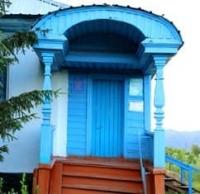
Trip to Lepsinsk settlement.
"Looks like an emerald in a silver frame of mountain snows"
Stepan Makarov.
Tour from Almaty to Lepsinsk.
The village of Lepsi (formerly Lepsinsk) is located: the southern part of the village at an altitude of 1025 meters above sea level, the southern part of the village at an altitude of 982 meters above sea level, located in the southern part of the intermountain valley formed by the Lepsy and Aganakty rivers, in the Alakol district of the Zhetysu region.
The village is surrounded on all sides by mountains. The name of the village was given by the Lepsy River, one of the seven rivers of Semirechye flowing 600 meters to the north. The abundant herbs and drinking springs of this region allowed the nomads to graze fat herds of livestock, so the valley at one time received the name Oy-Zhailau.
The mountains around are covered with bushes, spruce, Sievers apple trees, aspen, poplar, birch and bird cherry, which is why the valley was also called Chubar-Agach (Motley Forest). In 2010, the Zhongar-Alatau State National Natural Park was organized, one of the branches of the park is located in Lepsi - the Lepsi branch. In the village there is a local history museum created in 2022.
Next to the museum there is a factory for packaging Lepsinsky honey. A new, modern sports school is being built in the village. Lepsinsk is a small Cossack town in the Semirechensk region, the center of the county of the same name.
He grew up from the village of Lepsinskaya, founded by Siberian Cossacks - settlers from the Biysk and Kuznetsk lines - in 1855 in the Chubar-Agach valley, near the Chinese border - in the very center of Russian Dzungaria.
It was famous for its healthy climate and landscape, reminiscent of the Swiss Alps, and mountain honey. Cossack apiaries and shelters were scattered throughout all the adjacent gorges - “cracks”. “For settlements on the Lepse River in 1855 - 1856, it was ordered to install two hundred Siberian Cossacks from the 6,7,8 and 9 regiments of the Siberian Linear Cossack Army and 200 peasant families.
The first batch of Cossack settlers arrived on June 18, 1855. for the settlement, a greatly expanded valley of this river was chosen, about 40 versts from the sources of the Lepsy River, just Lepsinskaya."
The names of the first commanders of the Siberian Cossack detachments that settled on the Lepse River are known - military foreman Tychinsky, cornets Laptev and Aleksandrov, commander of the Verkh-Lepsinsky detachment Esaul Ivanov.
Lepsinsk is also called the pole of cold in Kazakhstan. Local residents say that there is snow here for seven months of the year, but in summer and early autumn there is bliss. In 1944, the minimum temperature was recorded - 54 degrees! And in summer the temperature reaches 40 - 42 degrees.
Unfortunately, after Lepsinsk lost its city status in 1936 and began to be called a village, its desolation began. The district center was transferred to Andreevka, some of the houses were dismantled and transported to other settlements.
Now Lepsinsk is a small village with dilapidated buildings against the backdrop of rich picturesque nature. The former greatness of the former district town is evidenced only by the surviving but in need of restoration merchant houses, the dilapidated St. Nicholas Church, and the dilapidated prison building.
In 1857, the traveler Pyotr Petrovich Semenov Tyan-Shansky spent the night in Lepsinsk and took walks around the surrounding area during his exploration of the Tien-Shan.
Geographic coordinates of village of Lepsi: N45°31'32 E80°37'00
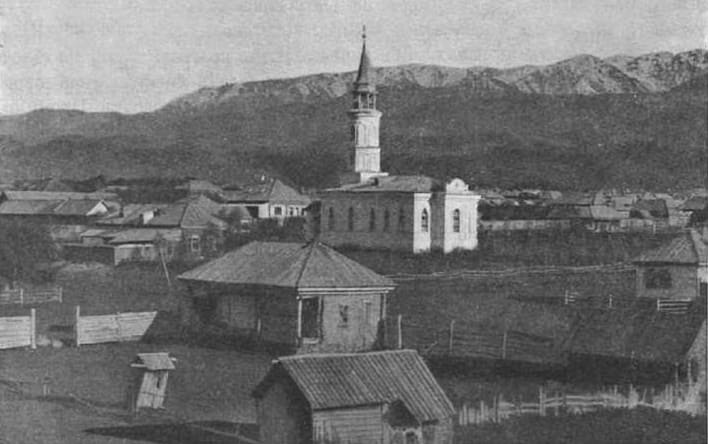
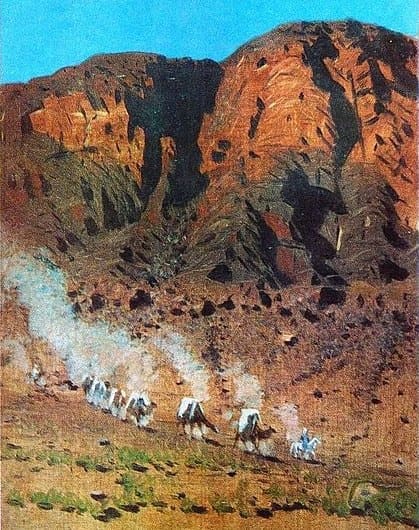
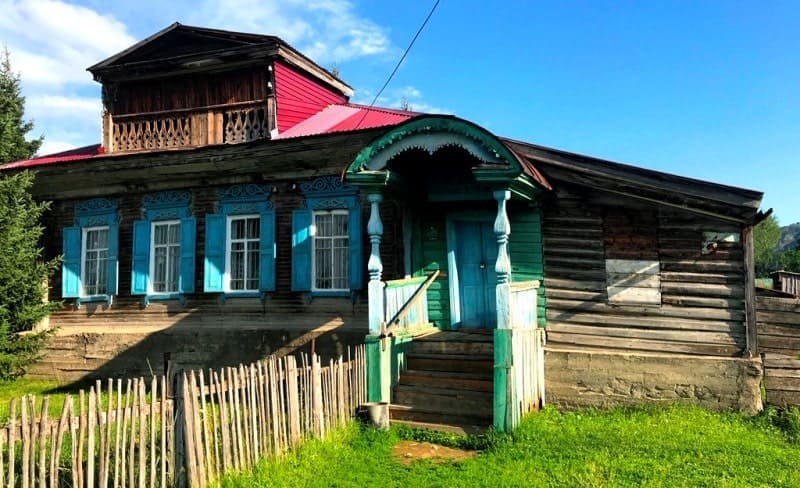
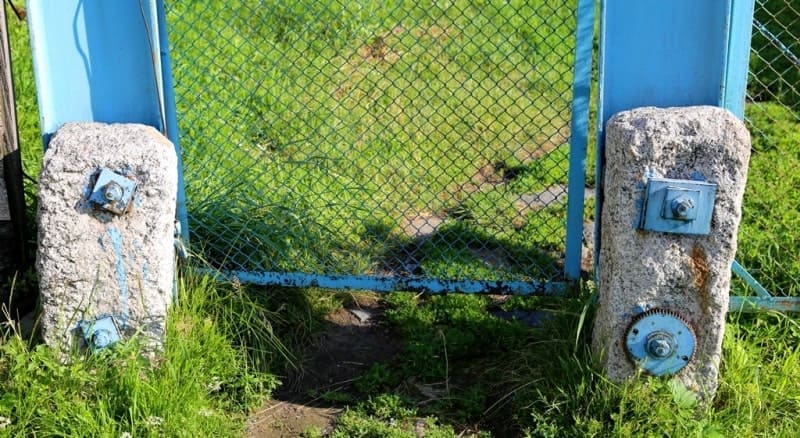
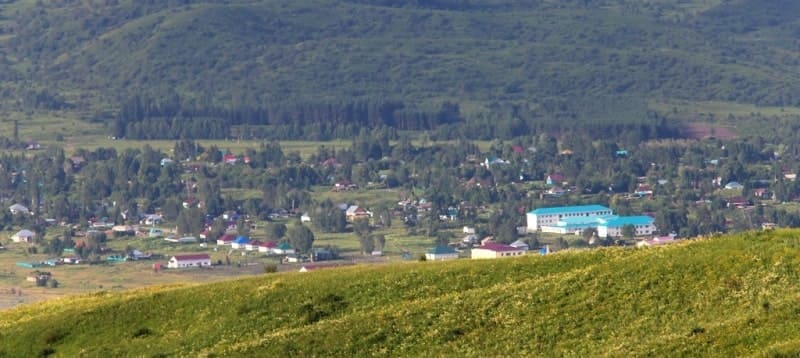

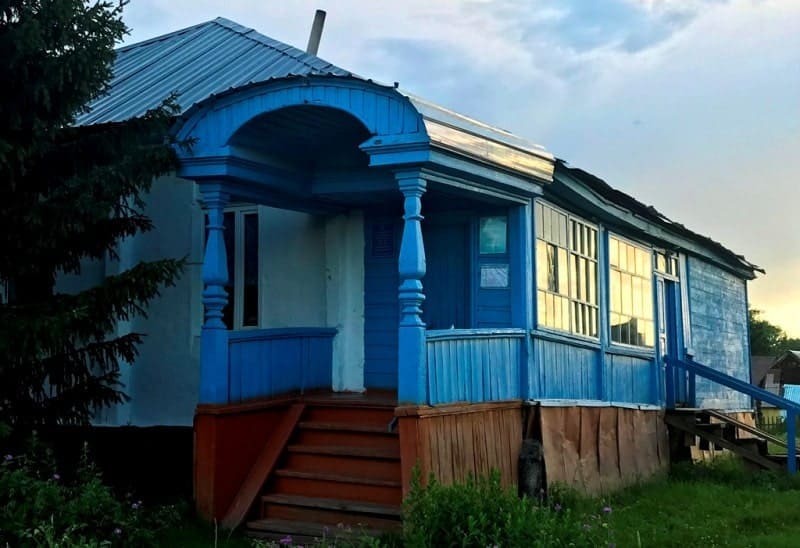
Authority:
http://www.lepsinsk.kz/glavnaya/
Photos by:
Alexander Petrov.







